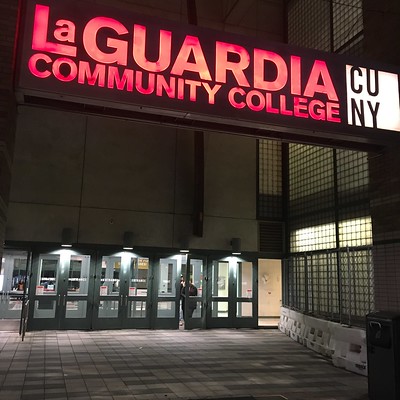Earlier this year, New York City Mayor Bill de Blasio proposed cuts to a program at the City University of New York (CUNY) that provided significant financial assistance to full-time, low income students. (CUNY offer both bachelor and associate degree programs.) The program, Accelerated Study in Associate Programs (ASAP), waives participants’ tuition and fees. It also subsidizes textbooks, provides public transportation passes, and includes specialized advising and counseling. After consideration, de Blasio restored funding to the program for FY21.
CUNY’s reward for offering all this extra support is that ASAP students earn associate degrees at a higher rate than non-participants. Cincinnati State Technical and Community College, Cuyahoga Community College, and Lorain County Community College in Ohio successfully duplicated the program. The Ohio institutions doubled their three-year graduation rates and their transfer rates to four-year institutions by 50% for program participants.
At CUNY, the ASAP program increased the school’s cost-per-student by about $3,000. In Ohio, the cost-per-student increased by $1,850. Paradoxically though, since the program vastly increased the number of degree completions, it reduced the overall cost-of an associate degree for program participants by nearly 25%.
Pandemic? Cut tuition and lower student costs
Many schools are grappling with decreased revenue from declining enrollment or cuts to state funding. Instead of raising tuition or fees to compensate, some schools have lowered their tuition. This decreases the students’ cost of attendance and provides significant incentive to enroll despite the pandemic.
Lowering student costs pay dividends. Michigan is witnessing this right now with the Futures for Frontliners program. The program is likely to turn up 100,000 students who will seek an associate degree at one of Michigan’s 28 community colleges. This amounts to thousands of new students per institution at a time when they badly need enrollment.
The message is clear: when the institution needs students, lower the cost of attendance. If the goal is a higher graduation rate, make it easier for students to complete a program. Eliminate the barriers that prevent students from succeeding. Even clearer is the message that taking specific (and understood) actions can reverse declining enrollments and raise graduation rates. There is no need to look elsewhere for funding when a community college works authentically within its mission.
Photo Credit: Michael Banabila , via Flickr



























